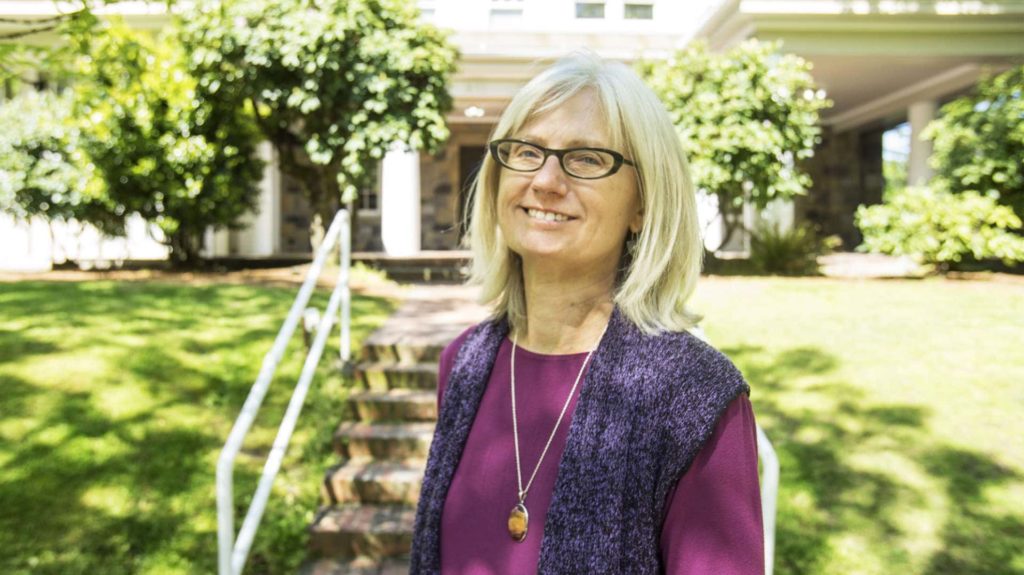It is who you are that heals, not what you know
…C.G. Jung (to Robert Johnson)
The following narrative is Dr. Zenger’s personal story of her path to becoming a healer, written in her own words.
The Patient is the Healer
Within the healer is the patient, and within the patient is the healer. Like the Chinese Yin/Yang, each contains its opposite. The healing process creates a conduit for the patient to call on his/her inner healer.
My path as a healer and my own path of healing are threads of the same cloth. You cannot guide someone down a road that you have not walked yourself. The healer must also do his/her own healing work. That is where my personal story begins.
Pain and suffering are, paradoxically, messengers of healing. If only we stop fleeing from them, stop numbing ourselves and listen to the message, they point the way to deeper wellness than we could have ever imagined possible.
My messenger came in the form of migraine headaches. They began following a concussion in childhood. By adulthood, I just accepted them as part of normal life. Any time I skipped a meal, worked long hours, or stayed up late, I ended up with a migraine.
The migraines got worse over the years and I developed severe nausea and vomiting. As a graduate student at Johns Hopkins School of Public Health in the 1980s, I worked long hours and studied in a fast-paced, competitive environment. Several days each month, I would end up in bed with terrible pain and vomiting. As soon as I felt better, I would be right back at work, pushing my body/mind/spirit to the limit and ignoring the message it was sending to me.
Finally, the symptoms became so bad that I could no longer ignore the message. The medications offered by the school clinic seemed worse than the disease. I was determined to find a better way to health and not spend my life reliant on painkillers.
A Better Way to Health
The better way to health came in an unexpected form, as it often does: an unusual neighbor. This neighbor was proficient in the Chinese martial art of tai ch’i chuan, which was uncommon in 1980s Baltimore. Out of curiosity, I went to one of his classes.
I loved the centering and relaxing feeling of practicing tai ch’i. After a few months, my migraines slowly receded. Sometimes, I could stop a headache simply by practicing tai ch’i for an hour or so. I began to feel my chi, or vital energy, moving in my body.
While the health benefits of mind/body practices like tai ch’i chuan are now widely recognized, at the time they were far from accepted by the medical mainstream. (And, I must say, a bit frowned-upon by some of my Johns Hopkins professors!) The scientist in me became very curious to understand what I was experiencing. I started reading about traditional Chinese healing arts and something in it called to me.
Some time later, I started chiropractic treatment, and that helped my migraines as well. After two years of regular tai ch’i, meditation and chiropractic, I was able to reduce my migraines to about one per month. The benefits plateaued at that point. What more could I do?
Moving through this healing process, I began to question my direction in life. I had always assumed an academic career in public health would be the next step after completing my Ph.D. Yet, all around me I saw colleagues leading stressful lifestyles with long work hours and not caring for their own health. Was that the life I wanted?
As I continued to practice tai ch’i, meditate and cultivate my spiritual life, I felt called to work with people one-on-one at a heart level. Through my own healing experience, I understood that genuine healing comes from within. You can really only change the world one heart at a time, starting with your own.
Perspective from Beijing
As my interests in Chinese culture and healing arts deepened, I sought a way to go work in China in my field of expertise. I was fortunate to be awarded a Rockefeller Foundation fellowship, which allowed me to spend two years at Beijing University engaged in public health research and teaching with Chinese colleagues.
While at Beijing University, I used my free time to study language, calligraphy and acupuncture. I studied tai ch’i with an old master, and practiced with my Chinese friends every day. I felt bathed in the richness of classical and modern China. I loved living in Beijing, and my migraines nearly went away – I only had one or two per year.
Living in Beijing, I gained a new perspective on my career. I felt drawn to practice traditional Chinese healing arts. I came to believe that Chinese medicine has something unique and important to offer in my native country. I completed my fellowship, then stayed in China for another 18 months as a language student and traveller. Finally, I returned to the States to study Chinese medicine and acupuncture.
Returning to the pressures of the USA lifestyle and a new graduate program at the Oregon College of Oriental Medicine (OCOM), my migraines gradually came back. This time, I listened to the messenger right away, and started seeking help. I tried to keep my stress levels down, improved my diet, exercised regularly and got acupuncture at the College clinic. Nonetheless, my migraines continued to become more severe and more frequent. Unfortunately, the acupuncture treatments I received at the College only helped a little.
The style of acupuncture taught at OCOM is called traditional Chinese medicine (TCM) acupuncture. While I enjoyed learning herbal medicine, I did not feel that way about TCM acupuncture. As a patient, I felt disappointed in the results I experienced. As a student, the classes seemed formulaic. I sensed there was more to acupuncture than what I had seen and learned at OCOM.
Searching for another way, I heard of Five Element acupuncture. Brought to the western world by British osteopathic physician, J.R. Worsley, Five Element acupuncture addresses the mind and spirit along with the body. I decided to try it out.
Coming Home: Five Element Acupuncture
My healing messenger, migraines, had led me to the right place. I felt a profound shift with the first Five Element treatment. I knew I was there to heal more than just the physical pain. The driven, self-critical aspects of my psyche, and the years of anger I had repressed toward self and other, were contributing to my migraines, too. I knew that to heal physically, I had to start transforming my emotional world. Five Element acupuncture allowed me to access my emotions and my unconscious mind, in a way that TCM did not.
With Five Element acupuncture, I felt I had come home. As a student, I knew deep within myself that I could master this art. I felt called to it then and I still do now. Five Element acupuncture fulfills what I had sensed I needed many years before when working in public health: a way to work with people at a heart level, and change the world one heart at a time.
I finished my Masters in Acupuncture and Oriental Medicine at OCOM, and immediately enrolled in a two-year postgraduate program, Five Element Acupuncture Training, under the tutelage of master teachers J.R. Worsley, J.B. Worsley and Khosrow Khalighi. Through this program, I completed hundreds of hours of clinical and classroom training to receive my certification in Five Element Acupuncture.
As for my migraines, they gradually abated once I started Five Element treatments. After a few years, I realized I still had unresolved structural problems, which were causing neck pain. I started receiving Zero Balancing body work treatments, a form of therapy which is highly compatible with Five Element acupuncture. Eventually, I decided to study and become certified in Zero Balancing, so that I might offer this work to others.
One Disease, Long Life; No Disease, Short Life
Looking back, I am grateful for my migraines. They were the body/mind’s way of sounding the alarm. Migraines were the threshold to a healing process that unfolded, and continues to unfold, touching every dimension of my life. They woke me up to my need for healing and wholeness and started me on a path I could have never imagined.
It took many years to tease apart and resolve the multiple factors contributing to migraines and understand the triggers. Throughout the process, I have explored many avenues of my personal healing. I take better care of myself as a result and I have more to offer to the world.
I’m told the Chinese have a saying, “One disease, long life. No disease, short life.”* If you pay attention to your “one disease” or weakness, you will unbind and heal many broken parts of your being. If you motor through life believing you have “no disease,” you are ignoring your own messenger of healing. You will miss the opportunity to walk your own path of healing and wholeness.
– Dr. Elizabeth Zenger, Ph.D., L.Ac
*Benjamin Hoff, The Tao of Pooh

